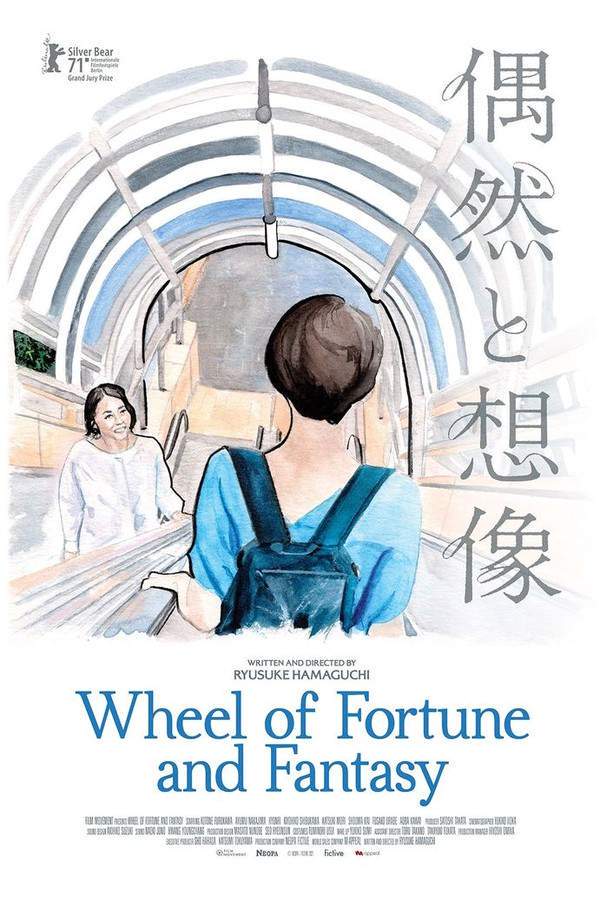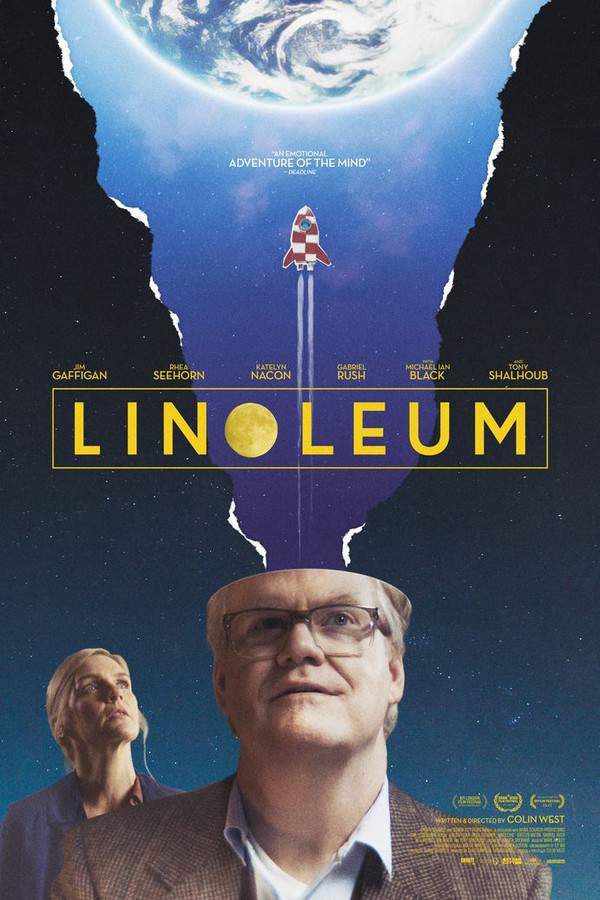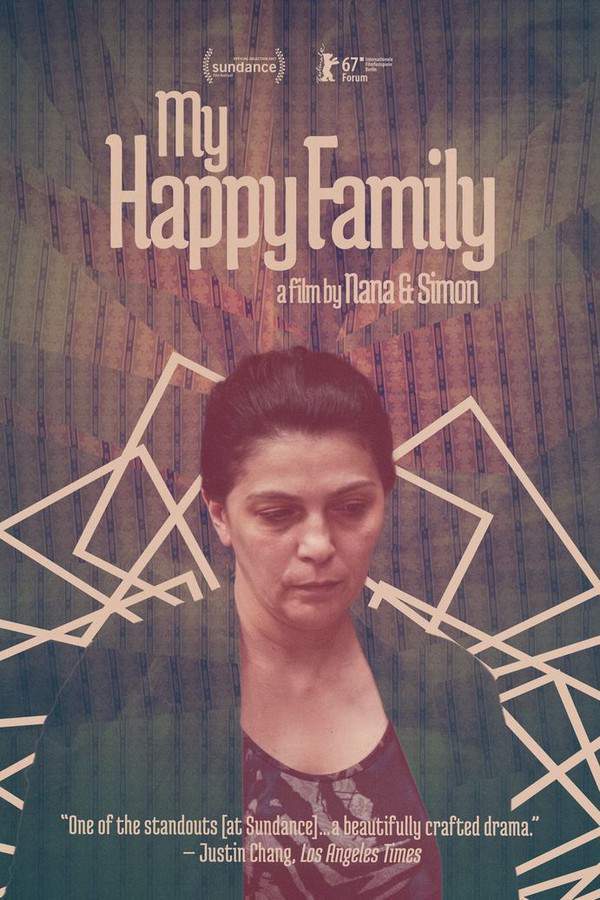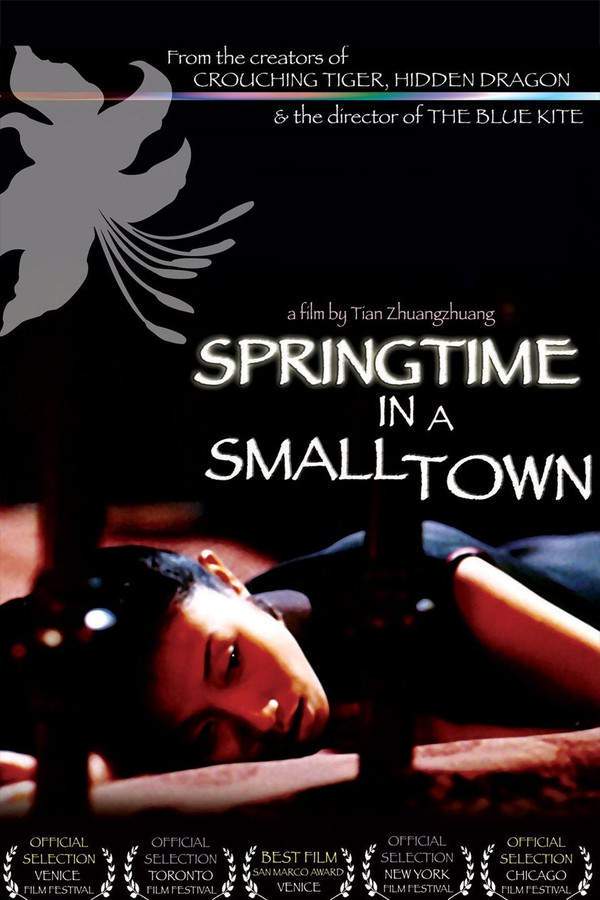
Nobody’s Daughter Haewon
Year: 2013
Runtime: 91 mins
Language: Korean
Director: Hong Sang-soo
Haewon, a college student, is attempting to end a secret relationship with her professor, Seongjun. Overwhelmed by sadness after her mother's impending move to Canada, she reconnects with Seongjun. Their affair is unexpectedly exposed when they encounter her classmates at a restaurant. As Haewon becomes increasingly distressed, Seongjun proposes they flee together. Throughout her experiences, Haewon frequently dreams, blurring the lines between her waking life and her subconscious.
Warning: spoilers below!
Haven’t seen Nobody’s Daughter Haewon yet? This summary contains major spoilers. Bookmark the page, watch the movie, and come back for the full breakdown. If you're ready, scroll on and relive the story!
Nobody’s Daughter Haewon (2013) – Full Plot Summary & Ending Explained
Read the complete plot breakdown of Nobody’s Daughter Haewon (2013), including all key story events, major twists, and the ending explained in detail. Discover what really happened—and what it all means.
Haewon, Jung Eun-chae, a film student and aspiring actress, moves through Seoul on a day that feels both ordinary and unsettled. On March 21, 2012, she is heading to lunch with her mother Jin-joo Kim Ja-ok in Seochon, a historic neighborhood in the Jongno district, when a chance encounter brightens her mood: a street moment with the French actress-singer Jane Birkin Jane Birkin leads to an autograph and a compliment about how Haewon resembles Birkin’s daughter Charlotte Gainsbourg. The moment, radiant as it is, dissolves into a dream—one thread among many in a film built from a mosaic of waking life and vivid reveries.
Back in the world of the waking day, Jin-joo muses about emigrating to Canada and staying with her brother, gently probing Haewon about her own plans for the future. Haewon walks toward the Jongno Public Library, passing Yoomyung-jang—aka Hotel Famous—a place that holds intimate memories for her. In nearby Sajik Park, she runs into her married ex-lover Lee Seong-joon [Lee Sun-kyun], a film director who also serves as her college professor. They share a meal with fellow students, but the group’s chatter quickly shifts to subtle judgments about Haewon—the gossip touches on her background and status, hinting at how society reads her.
On March 27, Haewon and Seong-joon drive to Namhan Fortress in Gwangju, Gyeonggi, where a heated quarrel erupts over the end of their relationship and Haewon’s alleged affair with a fellow student, Jae-hong [Ahn Jae-hong]. The argument lays bare tensions about power, desire, and the cost of choosing one path over another.
The story threads continue to weave as, on April 3, Haewon nods off in the college library and dreams of Yoo-ran asking whether she’s entangled with Seong-joon. The dream world expands when she and a friend eventually encounter Joong-won [Kim Eui-sung], a professor from San Diego who divorced a year ago and is seeking a new life with someone like Haewon. This meeting is steeped in complexity—desire, eligibility, and the lure of possibility all mingle as Haewon contemplates what she wants to become.
Later, while walking through West Village with her friend Yeon-joo [Ye Ji-won] and Yeon-joo’s boyfriend Joong-sik [Yu Jun-sang], Haewon recounts the latest developments in her tangled love life. The trio’s conversation is quiet but earnest, revealing the push-pull between affection, loyalty, and the pressure to conform to a certain social script. And then Seong-joon calls again, urgent and demanding, insisting that they meet at once.
Across these interwoven episodes—between memory and moment, between ambition and affection—the film examines how a young woman negotiates identity, desire, and the inescapable scrutiny of peers and mentors. Haewon’s world is one where dreams intrude upon daylight, where places like Namhan Fortress, Sajik Park, and the Jongno streets become stages for longing and doubt, and where the boundaries between personal choices and public perception continually blur. In the end, the story remains steady on Haewon’s inner compass, guiding her through uncertainty with a patient, observant eye that never loses sight of who she might become.
Last Updated: October 03, 2025 at 06:48
Explore Movie Threads
Discover curated groups of movies connected by mood, themes, and story style. Browse collections built around emotion, atmosphere, and narrative focus to easily find films that match what you feel like watching right now.
Movies that blur dreams and reality like in Nobody’s Daughter Haewon
Stories where the boundaries between dreams, memory, and waking life dissolve.Looking for movies like Nobody’s Daughter Haewon? This collection features films that blend dream sequences with waking life, creating a complex and introspective viewing experience. If you liked the way Haewon's subconscious informed her reality, you'll find similar dreamlike dramas here.
Narrative Summary
Stories in this thread are defined by their complex structure, weaving together a character's literal experiences with their subconscious thoughts, dreams, and memories. The plot often progresses through emotional association rather than strict chronology, focusing on the psychological impact of events rather than their linear sequence.
Why These Movies?
These films are grouped together because they share a distinctive approach to storytelling that prioritizes subjective experience over objective reality. They create a specific mood of introspection and uncertainty, using similar pacing and narrative techniques to immerse the viewer in a character's mind.
Melancholic coming-of-age dramas with ambiguous endings like Nobody’s Daughter Haewon
Quiet stories of young adults navigating emotional turmoil without clear resolutions.If you enjoyed the sad, uncertain journey of Haewon, explore these similar melancholic coming-of-age stories. These movies feature young protagonists facing emotional crises and relationships with power imbalances, often concluding on an ambiguous note that reflects life's complexities.
Narrative Summary
The narrative pattern follows a protagonist, often a student or young adult, through a period of significant emotional stress or transition. Conflicts are internal and interpersonal, involving themes like identity, loneliness, and fraught relationships. The story avoids dramatic climaxes in favor of observational moments, culminating in an ending that feels true to the character's ongoing struggle rather than providing a definitive solution.
Why These Movies?
These movies share a specific combination of tone (melancholic), pacing (slow), and narrative structure (character-focused with an ambiguous ending). They create a cohesive viewing experience for audiences seeking thoughtful, emotionally resonant stories that don't offer easy answers.
Unlock the Full Story of Nobody’s Daughter Haewon
Don't stop at just watching — explore Nobody’s Daughter Haewon in full detail. From the complete plot summary and scene-by-scene timeline to character breakdowns, thematic analysis, and a deep dive into the ending — every page helps you truly understand what Nobody’s Daughter Haewon is all about. Plus, discover what's next after the movie.
Nobody’s Daughter Haewon Timeline
Track the full timeline of Nobody’s Daughter Haewon with every major event arranged chronologically. Perfect for decoding non-linear storytelling, flashbacks, or parallel narratives with a clear scene-by-scene breakdown.

Characters, Settings & Themes in Nobody’s Daughter Haewon
Discover the characters, locations, and core themes that shape Nobody’s Daughter Haewon. Get insights into symbolic elements, setting significance, and deeper narrative meaning — ideal for thematic analysis and movie breakdowns.

Nobody’s Daughter Haewon Spoiler-Free Summary
Get a quick, spoiler-free overview of Nobody’s Daughter Haewon that covers the main plot points and key details without revealing any major twists or spoilers. Perfect for those who want to know what to expect before diving in.

More About Nobody’s Daughter Haewon
Visit What's After the Movie to explore more about Nobody’s Daughter Haewon: box office results, cast and crew info, production details, post-credit scenes, and external links — all in one place for movie fans and researchers.


-HOGtBZMKH4I3HQ.jpg)



























